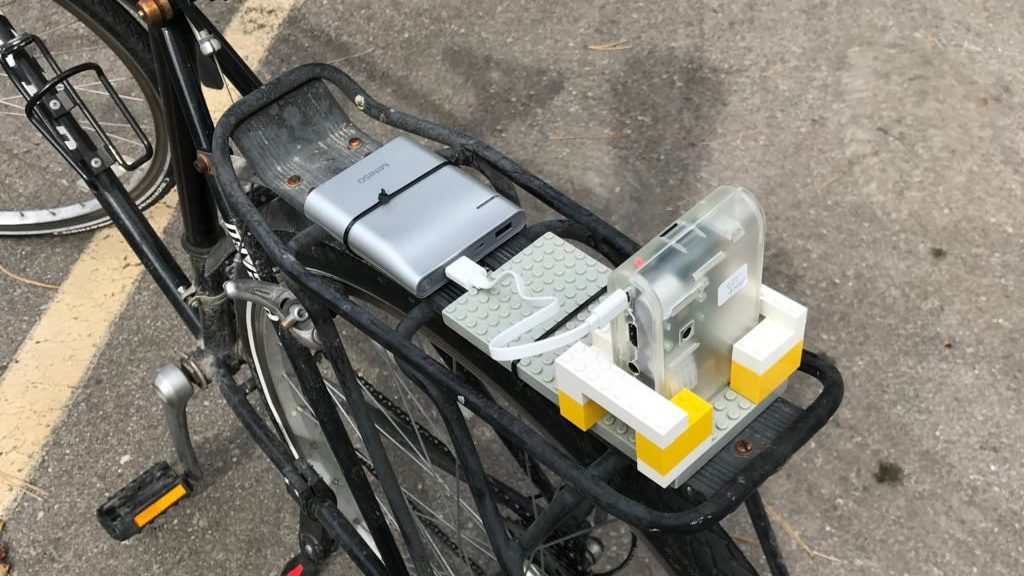The original setup relies on a Raspberry Pi 3, which takes a photo every 10 seconds using the attached Pi Camera. It then processes these photos using OpenALPR, which is a piece of software for reading licence plates. Licence plates detected while cycling can be stored on the Raspberry Pi for later, something which could be useful in the event of an accident.
However, [Richard] has developed the concept further since then. The revised dashcam adds blind spot detection for added safety, and uses a Luxonis OAK-D camera which provides stereo depth data and has AI acceleration onboard. It’s paired with a laptop carried in a backpack instead of a Raspberry Pi, and can stream video to a smartphone sitting on the handlebars as a sort of rear-view mirror.
Read Building a Bicycle Dash Cam With Advanced Capabilites via hack a day
An interesting link found among my daily reading

Comments